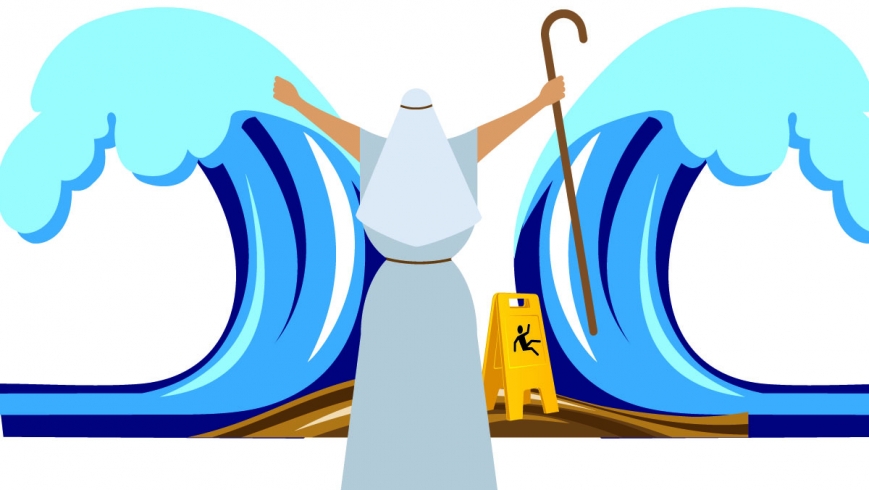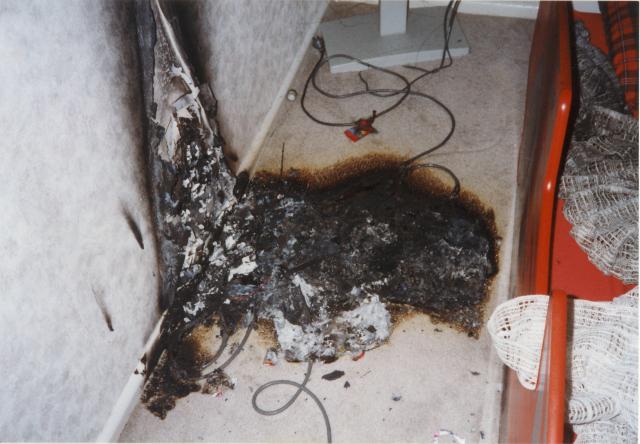It has been a year since we buried my old mum. Hers was the last local funeral performed by the Reverend Ken Parker.
How she loved Father Ken: a priest of great warmth, wit and intellect. I’ve a sneaking suspicion she timed her departure to catch him before he left the district for his coastal retirement retreat.
The diocese still hasn’t replaced him, installing in his stead a rather elderly locum.
The word down the aisles is that the church believes a dedicated minister is a luxury the community cannot afford.
Now, I’m not a church-goer myself, but I’d have thought a man (or indeed a woman) in a smock was a pretty basic requirement for leading what is by today’s standards a fairly healthy sized congregation.
But apparently priests’ insurance premiums have gone through the roof and it is not just because of the number of sexual abuse cases brought by members of the community, but because of the risk the clergy themselves face in going about their business.
An unreported court case in 2012 dramatically redefined churches of all faiths’ responsibility toward members of the ministry. It followed a former member of the clergy of the Diocese of Gippsland suing the local bishop and regional church trust for failing to provide a safe working environment after he was verbally assaulted and physically threatened by a drug addict and suffered a nervous breakdown.
The question at issue was whether the clergyman was a worker within the meaning of the Accident Compensation Act and entitled to relief under WorkCover.
County Court judge Chris O’Neill found the reverend was a worker and that his employer was the bishop.
The matter was appealed but settled before hearing for a sum undisclosed – reputed to be close to $1 million. It was paid by the church, although it was the bishop who was held liable in lieu of any incorporated entity.
On one hand it seems entirely reasonable that the church, any church, should be safe for all, but it got me thinking about the role of the clergy. Is it not in the job description to try to help the drug-crazed as well as the poor and needy? Is there not a certain element of danger inherent in keeping faith?
In the Bible lessons of my childhood memory, Jesus fed the hungry, ministered to the weak and ill and risked injury to assist people in duress. Where would He be under WorkCover and OH&S laws?
Could any number of “caution: wet floor signs” allow for the parting of the Red Sea?
Would He be obliged to say: “Sorry, I don’t do lepers!”.
The other day I watched as two men in high-vis clothes erected a new parking sign outside a government building. It was just a simple matter of unbolting one sign and replacing it with another.
But by the time they cordoned off the area, erected cautionary signs, surveyed the footpath, it took almost half an hour and probably involved several hours and at least half a dozen other people in total, including meetings, requisitions and authorisations.
No one just does anything any more.
You want a miracle? Hang on, just let me convene the miracle sub-committee.
Small wonder Jesus wept.







